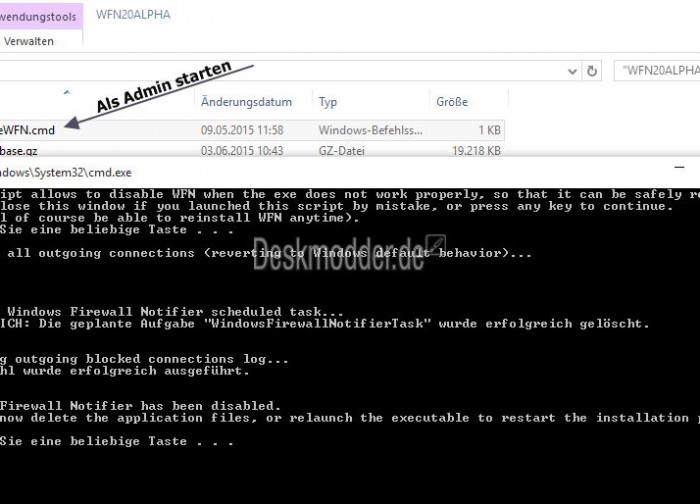

While its new features and security improvements garnered praise, Vista was the target of significant criticism, such as its high system requirements, more restrictive licensing terms, lack of compatibility, longer boot time, and excessive authorization prompts from User Account Control. It removed support for Itanium and devices without ACPI. NET Framework, allowing software developers to write applications without traditional Windows APIs. Vista aimed to increase the level of communication between machines on a home network, using peer-to-peer technology to simplify sharing files and media between computers and devices. Vista introduced the updated graphical user interface and visual style Aero, Windows Search, redesigned networking, audio, print, and display sub-systems, and new multimedia tools such as Windows DVD Maker among other changes. As development progressed, it assimilated many of Blackcomb's features and was repositioned as a major Windows release. It was intended as a small upgrade to bridge the gap between XP and the next major Windows version, codenamed Blackcomb. Microsoft began developing Vista under the codename "Longhorn" in 2001, shortly before the release of XP. Vista succeeded Windows XP (2001) at the time, the five-year gap between the two was the longest time span between successive Windows releases. It was released to manufacturing on November 8, 2006, and became generally available on January 30, 2007, on the Windows Marketplace, the first release of Windows to be made available through a digital distribution platform. Windows Vista is a major release of Microsoft's Windows NT operating system.


 0 kommentar(er)
0 kommentar(er)
